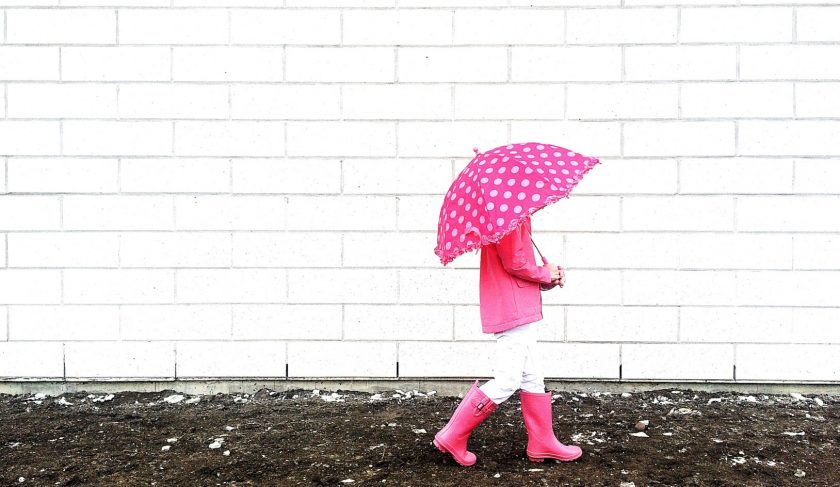
Fantasizing about all the great things that could happen in the future is the fun part of financial planning. You get to imagine yourself relaxing on a beach in retirement or finally buying the house of your dreams—and then start taking steps to make those dreams happen.
In order to maintain that path toward financial security, however, you also need to have a plan for those things that could go wrong. There’s no need to dwell on the details of personal finance nightmares—or even the small events that could push you off course—but you do need to be aware that things won’t always go exactly as planned. So, let’s do this.
Take some time while you have some time off to focus on protecting yourself in the new year—and for the years that follow.
INSURE YOUR STUFF …
Having adequate insurance can not only protect your finances but also make it slightly easier to deal with highly stressful situations. We all need health insurance, auto insurance(if you have a car) and homeowners’ or renters’ insurance for your stuff.
When shopping for policies, look not only at the monthly or quarterly premiums, but also at deductibles to get a sense of the true cost of a plan. Shop around being sure to ask what types of discounts are available. Many companies will reduce your rates, for example, if you purchase more than one insurance policy from them, or if you sign up for new programs like pay-as-you-go auto insurance.
… AND YOURSELF PROPERLY
Anyone with dependents who rely on their income also needs life insurance. While needs vary, Carla Dearing, CEO of online financial planning service SUM180, suggests that most people consider a 20-year term life insurance plan that will cover children through their college years as well as service any extraordinary debts (like a mortgage) that would transfer to family members. “It’s very inexpensive to put this in place when you’re young,” Dearing says. “You can [generally] put it in place for $300 or $400 per year [depending on how much coverage you need], and that’s just the very best way to protect your family over that period.”
BUILD YOUR EMERGENCY FUND
Having three- to six-months’ worth of expenses set aside in a liquid account can act as your own insurance policy against unexpected bills like a leaky roof or a broken washing machine. “If you don’t have money set aside in an emergency fund, you’re going to have to borrow for those kinds of expenses,” says Cary Carbonaro, CFP and managing director of United Capital of NY and author of “The Money Queen’s Guide for Women Who Want to Build Wealth and Banish Fear.” “It’s literally there to make your life go more smoothly.”
An emergency fund can also tide you over if you lose your job or experience an income cut. Keep in mind that small, regular deposits into a designated account can add up over time, so it’s worth it to start a rainy day fund, even if that three to six months’ goal seems overly ambitious. Begin by setting up automatic deposits from your checking account to a savings account. Once you get used to not seeing that money in your account, you’ll get used to not spending it.
CREATE AN ESTATE PLAN
If you’re among the 60% of Americans who don’t have a will—particularly if you’re a parent—make it your resolution to create one this year. And while you’re at it, make sure you’ve got other essential estate planning documents, such as a living will (which lays out your wishes for things like life support) and health care proxy (which appoints someone to make decisions on your behalf if a medical issue leaves you unable to do so yourself). “It’s about having control over how you die, and making sure that someone has the power to carry out your wishes,” says Steve Parrish, director of the Retirement Income Center at the American College of Financial Services. While a lawyer can help you with the process, if you have an uncomplicated estate, you also draw up your own estate documents online.
This article was originally published in HerMoney.com.




